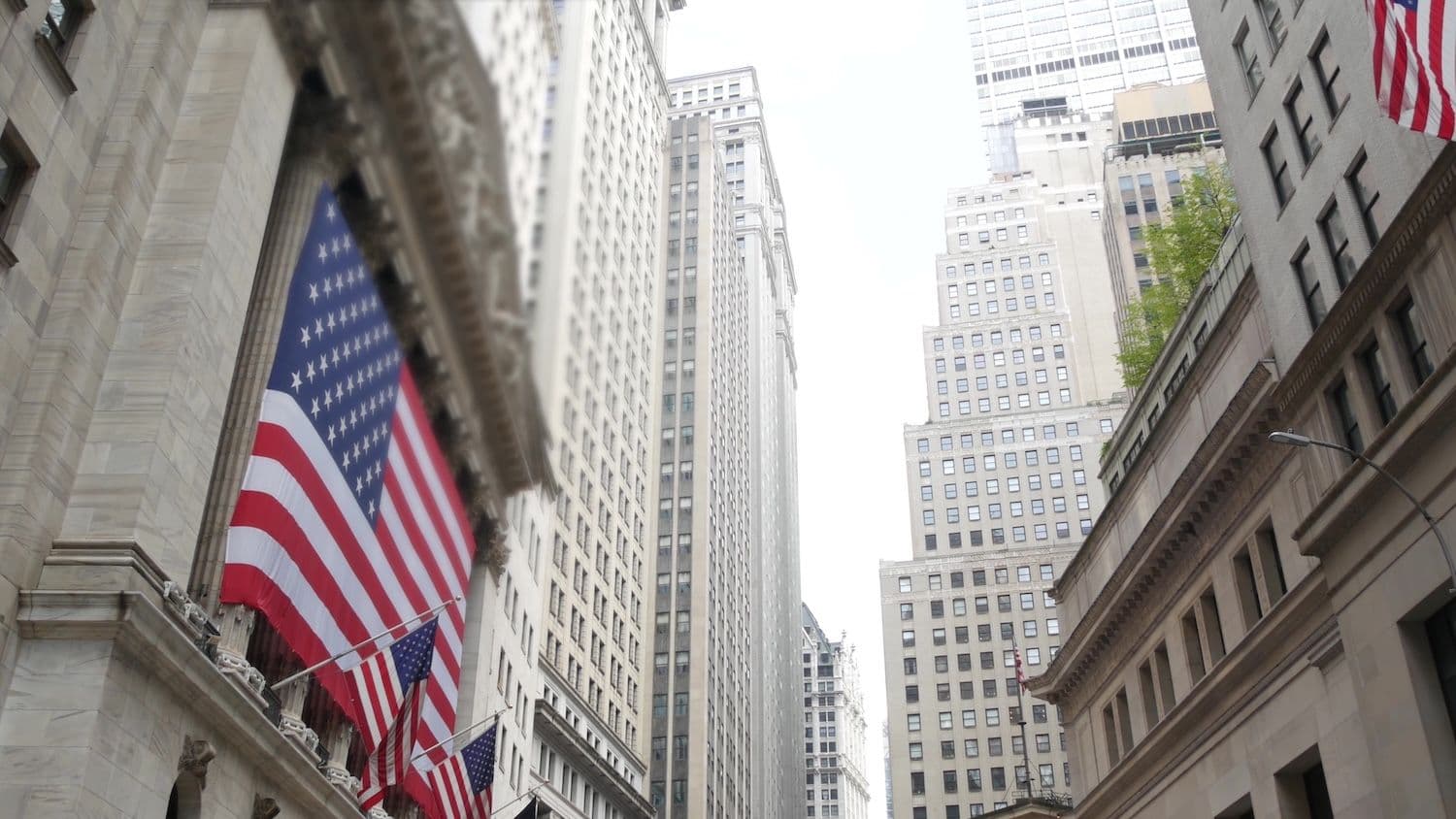A prominent cryptocurrency analyst has emerged from social media hiatus to predict that President Donald Trump's efforts to exert greater control over Federal Reserve policy could unleash a liquidity surge that devastates the dollar while forcing institutional investors into alternative assets like Bitcoin and gold. The forecast comes as global policymakers debate using Russia's frozen $300 billion in reserves to back Ukrainian loans, creating what the analyst calls a "once-a-decade" catalyst for cryptocurrency adoption.
What to Know:
- Trump's potential Fed takeover could trigger yield curve control and rate cuts that weaken the dollar significantly
- Bitcoin now trades more on liquidity conditions than traditional four-year cycles due to institutional adoption
- Europe's plan to leverage frozen Russian assets for Ukraine loans undermines traditional sovereign wealth protection
Fed Independence Under Unprecedented Pressure
The analysis from crypto commentator "plur daddy" (@plur_daddy) centers on Trump's growing influence over monetary policy through strategic appointments and public pressure.
Federal Reserve Chair Jerome Powell has pushed back against claims of political interference, calling such accusations "cheap shots" while defending the central bank's data-driven approach to recent decisions.
Stephen I. Miran, the Fed's newly confirmed Governor, immediately dissented at September's Federal Open Market Committee meeting, advocating for larger rate cuts and publicly supporting faster monetary easing. Meanwhile, the administration's unprecedented lawsuit attempting to remove Governor Lisa Cook has intensified scrutiny over Fed independence protections. These developments signal a fundamental shift in central bank dynamics not seen since the 1940s, when the Fed last employed yield curve control to manage long-term borrowing costs.
The analyst argues this political intervention could force explicit yield curve control measures. Such policies would involve the Fed buying government bonds across different maturities to keep interest rates artificially low, potentially flooding markets with liquidity while undermining dollar strength.
Liquidity Dynamics Drive New Bitcoin Paradigm
Traditional Bitcoin analysis focused on four-year halving cycles has become obsolete as institutional adoption reshapes market behavior. The cryptocurrency now responds more directly to liquidity conditions and Federal Reserve policy than mining reward reductions, according to the analysis.
Bitcoin's sensitivity to Treasury General Account movements exemplifies this shift.
The TGA's rapid rebuilding through the third quarter created temporary liquidity drains that crypto traders monitored closely, given Bitcoin's "hypersensitivity to any shift in liquidity conditions, much more so than equities."
This dynamic reflects Bitcoin's evolution from a speculative technology play into a liquidity-sensitive institutional asset.
The analyst suggests government-sponsored enterprises like Fannie Mae and Freddie Mac could lower mortgage rates by purchasing more mortgage bonds, with capital requirement adjustments and derivatives managing duration risk. This approach differs from traditional quantitative easing by shifting asset spreads rather than expanding central bank balance sheets directly. Such measures align with political incentives ahead of midterm elections, though they carry inflation risks.
Prominent traders have endorsed the timing prediction. Ansem (blknoiz06) agreed with the analysis, writing "I am trying to time this, I think < 6 months & > 90k," suggesting Bitcoin could reach new ATH by early 2026. Macro strategist Alex Krüger praised the forecast as a "great post."
Frozen Assets Crisis Accelerates Crypto Adoption
Europe's handling of Russia's immobilized $300 billion in sovereign assets represents another catalyst for alternative store of value adoption. Brussels is considering a structure where new Ukrainian loans are backed by these frozen funds, repayable only if Russia provides war reparations.
The analyst argues this arrangement constitutes a "de facto seizure" that will never result in repayment, fundamentally undermining traditional sovereign wealth protection mechanisms. This precedent "massively bolsters the raison d'être for crypto" by demonstrating how political decisions can override established financial safeguards. Central banks and sovereign wealth funds may increasingly view decentralized assets as protection against such seizures.
Gold markets have already reflected these concerns, piercing new record highs with multiple banks projecting prices toward $3,700-$4,000 over coming quarters.
Central bank buying remains strong, with private investors potentially accelerating hedging flows away from dollar assets amid policy and geopolitical uncertainty. The analyst expects Bitcoin to benefit once gold's momentum slows, creating a rotation dynamic between traditional and digital stores of value.
Yield curve control involves central banks setting target interest rates across different bond maturities by buying or selling government securities. The Treasury General Account represents the government's checking account at the Federal Reserve, with changes affecting overall market liquidity. Government-sponsored enterprises like Fannie Mae and Freddie Mac operate with implicit government backing to support mortgage markets. Duration risk refers to bond price sensitivity to interest rate changes, typically managed through derivatives or asset mix adjustments.
Closing Thoughts
The convergence of Fed independence challenges, European asset seizure precedents, and Bitcoin's institutional adoption creates conditions the analyst describes as occurring "once a decade." This environment favors assets that benefit from increased liquidity while maintaining independence from traditional monetary systems.

